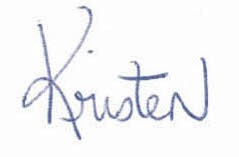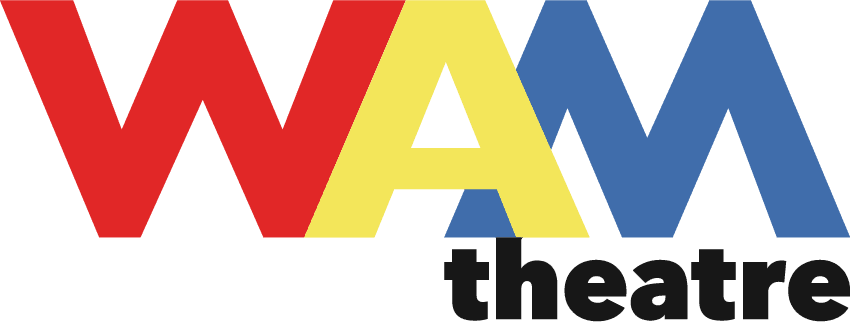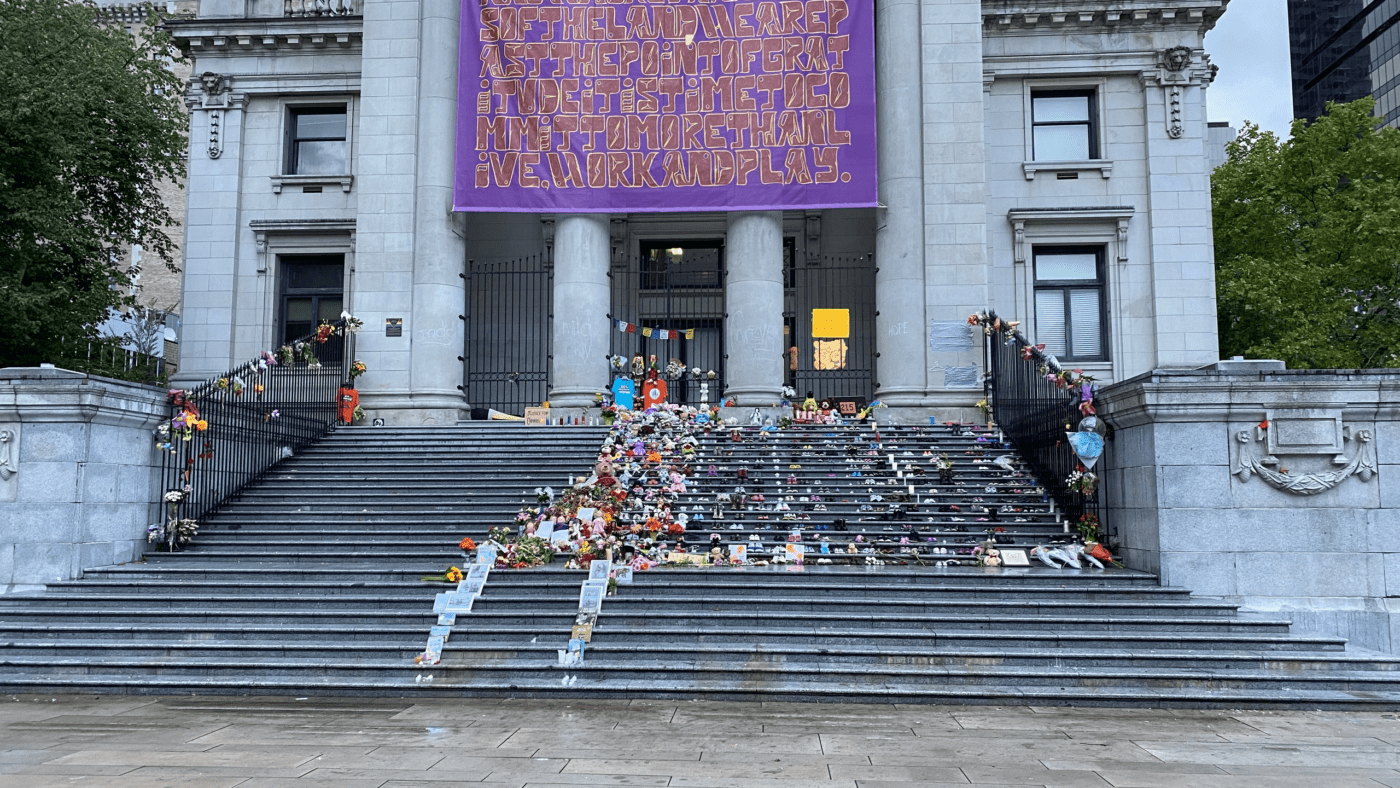“It’s collective trauma and collective grief that we’re feeling. And it’s almost like your spirit feels that. All the Indigenous people across the country are kind of feeling that right now. This news has been triggering a lot of that collective trauma that we’re still healing from.”
— Jade Roberts, a Saskatoon educator and podcaster whose father was a residential school survivor.
Dear WAMily,
All of us at WAM have been thinking of the Tk’emlúps te Secwépemc people of the Kamloops region this month as news broke of the terrible and painful discovery of the remains of 215 children.
This reckoning with cultural erasure and genocide* feels very familiar to us in the United States.
We are processing the news of this painful discovery alongside beginning our creative conversations for our fall production of KAMLOOPA, which is set in the same geographical location where the remains of the children were found.
As per our accountability plan and our own reconciliation efforts, we have made the commitment to continue our practice of beginning each performance with an indigenous land acknowledgement, build relationships with members of Native American Nations, including the Stockbridge-Munsee Band of the Mohican Tribe, upon whose lands we live and work, and amplify their cultural and social justice work to our audiences.
As always with accountability work, we know words are not enough. We are learning, as we continue to place our art in service to the social justice work already happening in communities and put our commitment into practice, that we have to dig much deeper to get to the root.
All of this makes us even more committed to centering Indigenous voices with the June benefit of WHERE WE BELONG and our Fall play, Kim Senklip Harvey’s KAMLOOPA, that tells of the living culture of the Indigenous people of what is colonially known as British Columbia.
To our Indigenous WAMily members, we are thinking of you as you work to take care of yourselves, your families and your communities.
For the rest of our WAMily, we invite all of you to join us and engage with the educational and activist action steps that you can take in reconciliation on our land acknowledgement webpage.
Finally, you can also learn more about the truth and reconciliation happening in Canada in this trauma informed report, which seeks to amplify calls to action from Indigenous people and communities.
Thank you, as ever, for joining us in this work.
In Solidarity,

Kristen van Ginhoven
Producing Artistic Director
*A National Truth and Reconciliation Commission set up by the Canadian government spent six years hearing from 6,750 witnesses to document the history of the schools. In a report in 2015, it concluded that the system was a form of “cultural genocide.” as per NYTimes Article, June 7, 2021
PHOTO AT TOP OF PAGE: Vancouver Art Gallery community memorial to the 215 buried children discovered at Kamloops Residential School. The main memorial consists of 215 pairs of children’s shoes, along with various accessories including teddy bears, books, images, and flowers.

